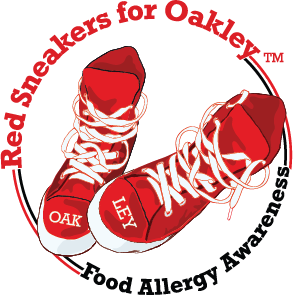What’s the Connection Between Vitamin D and Food Allergies?
Lack of sufficient levels of vitamin D is known to have a link with increased cases of food allergies. Studies show locations further away from the equator (areas lacking ultraviolet radiation (UVA)) have higher rates of child food allergy-related hospital visits, peanut allergies, and epinephrine prescriptions.
Studies have also shown that food allergies are 50% more common among babies born in the fall or winter with less UVA exposure.
Another contributing factor is diet.
An Australian study found that children who were introduced to eggs (rich in vitamin D) after 6 months of age had a higher risk for food allergy than infants who were introduced to eggs when they were between 4 and 6 months old.
The best sources of vitamin D include:
1/2 cup fortified milk (whole, low-fat, or skim): 49 IU (International Unit)
1-ounce salmon: 102 IU
6 ounces fortified yogurt: 80 IU
1-ounce canned tuna, drained and packed in oil: 66 IU
1/2 cup orange juice, fortified with 25 percent of the daily value for vitamin D: 50 IU
1 slice fortified American cheese: 40 IU
1/2 cup fortified, ready-to-eat cereal: 19 IU
1-ounce mackerel: 11.6 IU
1/2 large egg yolk: 10 IU
1/2 teaspoon fortified margarine: 10 IU
1/2-ounce Swiss cheese: 6 IU
Sources:
https://www.jaxallergy.com/vitamin-d-deficiency-food-allergies/
https://www.babycenter.com/toddler/feeding/vitamin-d-in-your-childs-diet_10324696
